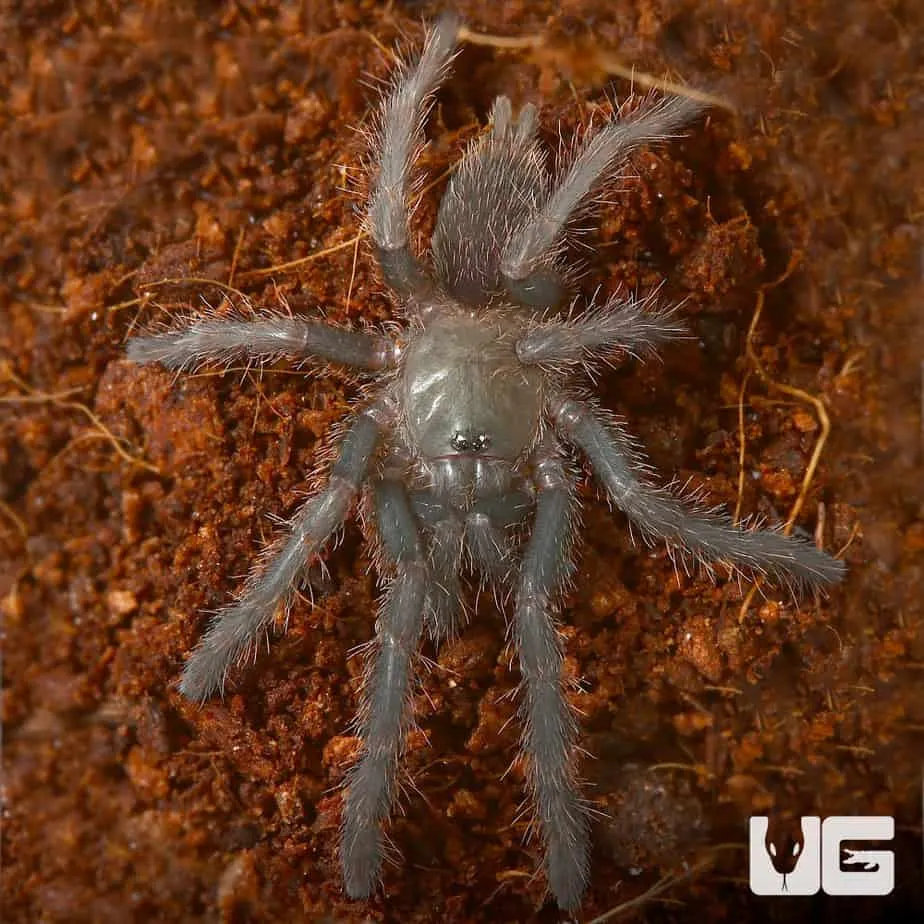What is a Vietnam Electric Blue Tarantula
The Vietnam Electric Blue Tarantula, scientifically known as Chilobrachys dyscolus, is a captivating and sought-after species in the pet trade. This tarantula is prized for its striking appearance, featuring a metallic blue sheen that covers its legs and body. Native to the tropical forests of Vietnam, this species is a fascinating addition to any arachnid enthusiast’s collection. Despite their beauty, they require specific care to thrive, making it essential for potential owners to understand their needs before acquiring one. This guide provides a comprehensive overview of caring for a Vietnam Electric Blue Tarantula, covering everything from habitat setup and feeding to handling and health issues.
Origin and Appearance
Originating from the humid, forested regions of Vietnam, the Electric Blue Tarantula’s vibrant coloration is a natural adaptation, possibly for camouflage or attracting mates. Adults can range in size, with a leg span of up to 5-6 inches. The most distinguishing feature is the electric blue coloration, which is most vivid in juveniles and can fade slightly as they mature. Their bodies are generally a dark brown or black, providing a stark contrast to the iridescent blue legs. The overall appearance is both stunning and intimidating, making them a visually appealing pet. Their unique coloration is a key factor in their popularity among tarantula keepers worldwide.
Habitat and Lifespan
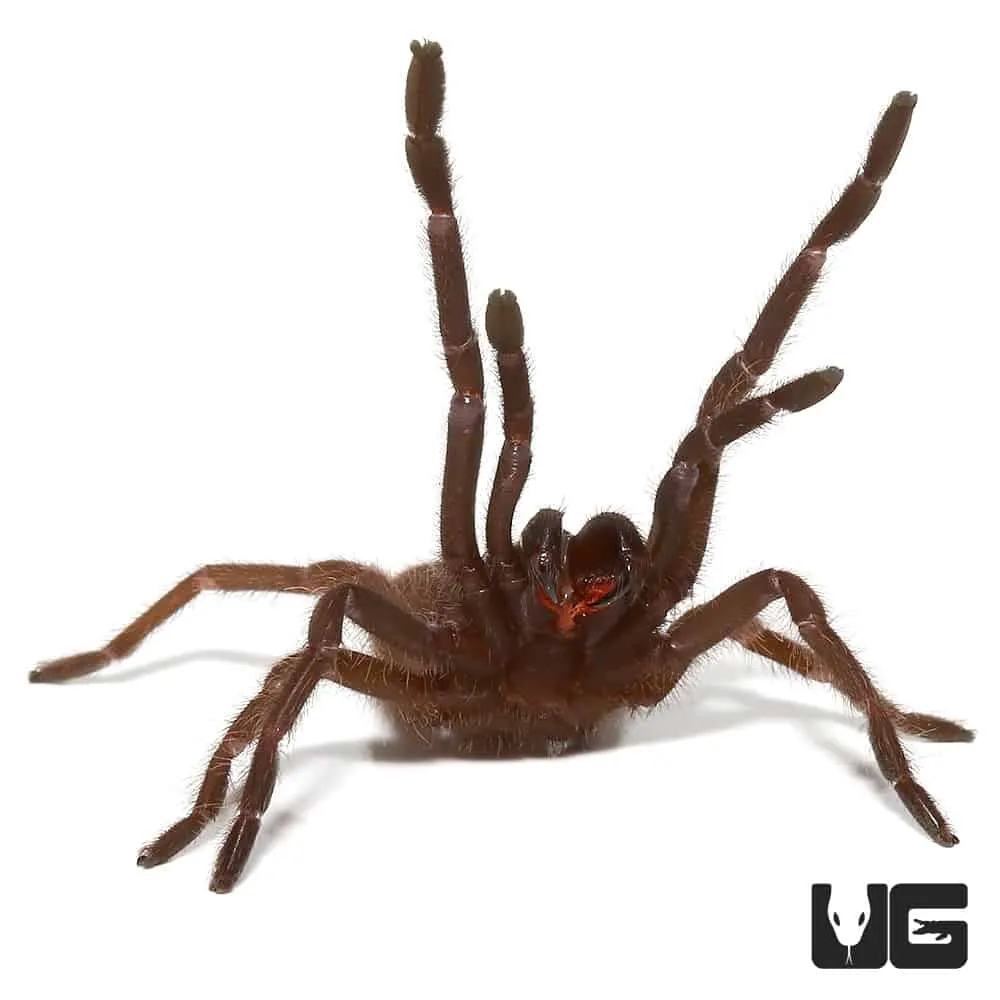
In their natural habitat, these tarantulas are terrestrial, burrowing spiders. They spend most of their time in burrows, which they create under leaves, rocks, and within the soil. In captivity, they can live for several years with proper care, with females often living longer than males. The lifespan of a Vietnam Electric Blue Tarantula can range from 5 to 12 years for females, while males typically live for 2-3 years after reaching maturity. Providing a suitable environment that mimics their natural habitat is crucial for their health and longevity. This includes appropriate temperature, humidity, and a substrate that allows them to burrow.
Setting Up the Perfect Habitat
Creating a suitable habitat is critical for the well-being of your Vietnam Electric Blue Tarantula. The enclosure should provide a safe, secure, and comfortable environment that mimics their natural surroundings. Key aspects to consider include enclosure size, substrate, decor, temperature, and humidity. Careful attention to these details will ensure your tarantula thrives. A well-designed habitat not only meets the tarantula’s physical needs but also allows you to observe their natural behaviors.
Enclosure Size and Type
A suitable enclosure is a fundamental requirement. For an adult Vietnam Electric Blue Tarantula, a terrarium that is approximately 10-gallon size is recommended. The enclosure should be well-ventilated, with a secure lid to prevent escape. Glass or acrylic terrariums work well, as they allow for easy viewing and cleaning. The enclosure should be wider than it is tall, as these tarantulas are primarily terrestrial. Avoid enclosures that are too large, as this can make it difficult for the tarantula to find its food. A well-designed enclosure enhances the visual appeal and makes maintenance easier.
Substrate and Decor
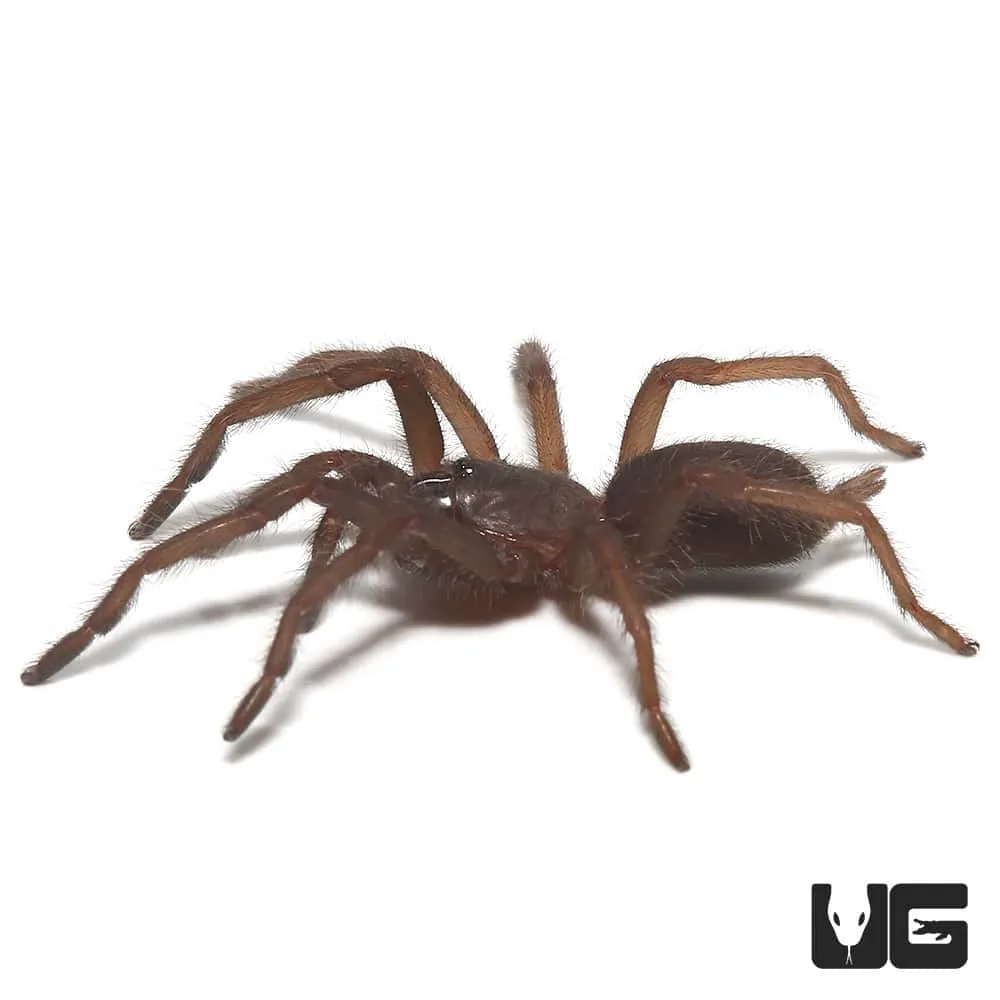
The substrate should be deep enough to allow the tarantula to burrow. A mixture of peat moss, vermiculite, and coconut fiber is an excellent choice, as it retains moisture well and allows for burrowing. The substrate should be several inches deep, typically around 4-6 inches. Decorate the enclosure with items that mimic their natural environment, such as pieces of bark, cork bark, or artificial plants. These provide hiding places and make the tarantula feel more secure. Ensure that any decor items are safe and will not trap the tarantula. A shallow water dish should also be included to provide a constant source of fresh water. (image: electric-blue-tarantula-habitat.webp)
Temperature and Humidity
Maintaining the correct temperature and humidity levels is essential for the tarantula’s health. The ideal temperature range is between 75-85°F (24-29°C). A heat mat can be used under one side of the enclosure to provide a temperature gradient, allowing the tarantula to regulate its body temperature. Humidity levels should be kept between 65-75%. This can be achieved by misting the enclosure lightly with water a few times a week, especially during warmer periods. A hygrometer can be used to monitor humidity levels. Adequate ventilation is also crucial to prevent mold and maintain air quality. Consistent monitoring and adjustments are necessary to ensure optimal conditions.
Feeding Your Electric Blue Tarantula
Proper nutrition is key to the health and growth of your Electric Blue Tarantula. They are voracious eaters, and understanding their dietary needs is crucial. This section covers what to feed, how often, and how to provide adequate hydration. A well-fed tarantula is a healthy tarantula, and a healthy tarantula is a happy one. Providing a balanced diet and proper feeding habits will help your tarantula thrive.
What to Feed
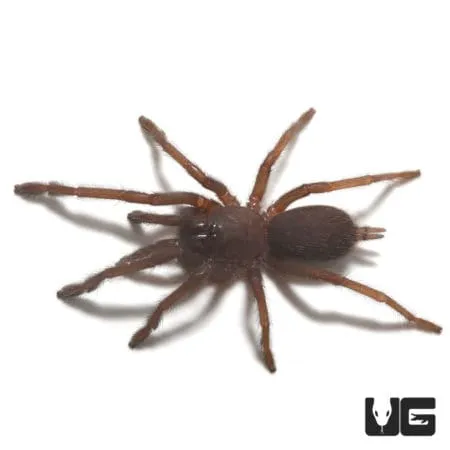
The primary diet of a Vietnam Electric Blue Tarantula consists of insects. Suitable food items include crickets, mealworms, and roaches. It’s important to offer a variety of insects to ensure the tarantula receives a balanced diet. The size of the insects should be appropriate for the tarantula’s size. As a general rule, the prey should be no larger than the tarantula’s body. The insects should be gut-loaded with nutritious foods like vegetables and commercial insect food prior to feeding to enhance their nutritional value. Avoid feeding wild-caught insects, as they may contain parasites or pesticides. (image: electric-blue-tarantula-feeding.webp)
Feeding Frequency
Feeding frequency depends on the tarantula’s age and size. Spiderlings and juveniles should be fed 2-3 times a week. Adult tarantulas can be fed once a week or every other week. Observe your tarantula’s behavior to gauge its appetite. If it consistently refuses food, it may be close to molting. Remove any uneaten prey within 24 hours to prevent stress and potential injury to the tarantula. Overfeeding can lead to health issues, so it’s essential to find the right balance. Adjust the feeding schedule as needed based on your tarantula’s appetite and growth.
Water and Hydration
Fresh water should always be available. Use a shallow water dish that is easily accessible. The water dish should be small enough to prevent the tarantula from drowning. Clean the water dish regularly to prevent the buildup of bacteria. In addition to the water dish, misting the enclosure lightly can help maintain humidity and provide a secondary source of water. Avoid over-misting, as this can create an environment that is too humid. Providing clean and fresh water is critical for their survival and overall well-being.
Handling and Safety
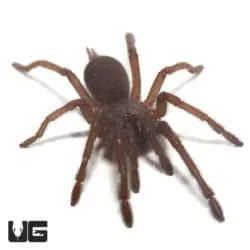
Handling a Vietnam Electric Blue Tarantula should be approached with caution. While not generally aggressive, they can bite if provoked. Understanding the risks and taking necessary precautions is crucial. Always prioritize the safety of both yourself and the tarantula. Knowing the proper handling techniques and bite-related first aid can ensure a safe and positive experience.
Do You Need to Handle Your Tarantula
Handling your tarantula is generally not necessary. They are primarily display animals and often prefer to be left undisturbed in their enclosure. Frequent handling can stress the tarantula, potentially leading to defensive behaviors or bites. If you must handle your tarantula, do so with extreme care and only when necessary, such as during enclosure maintenance or health checks. Always supervise children around tarantulas and educate them about the importance of not handling the spider. Avoid handling during or right before molting.
Identifying a Bite and First Aid
While rare, tarantula bites can happen. The venom of a Vietnam Electric Blue Tarantula is generally not considered medically significant to humans, but the bite can be painful. Symptoms may include localized pain, redness, and swelling. Clean the bite area thoroughly with soap and water. Apply a cold compress to reduce pain and swelling. Seek medical attention if you experience severe symptoms, such as difficulty breathing or an allergic reaction. Keep an eye out for any signs of infection. (image: electric-blue-tarantula-handling.webp)
Common Health Issues
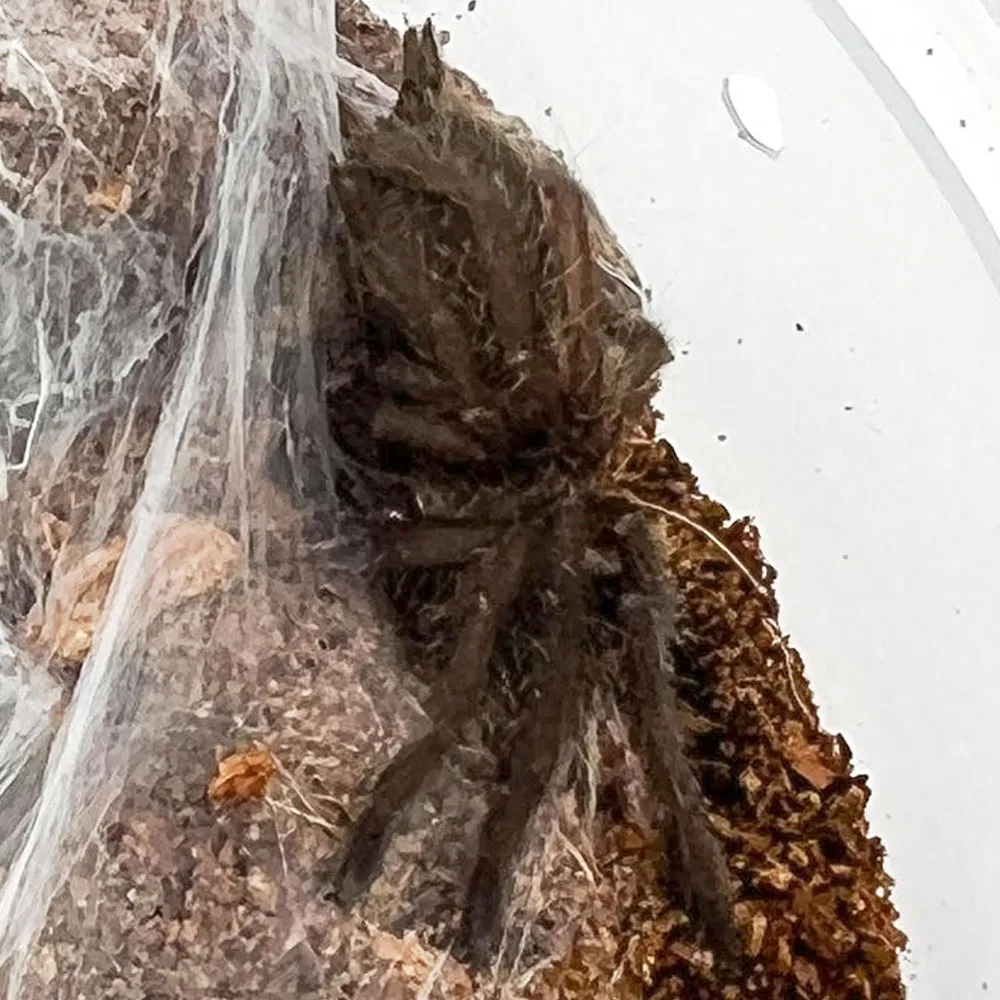
Like any pet, Vietnam Electric Blue Tarantulas can be susceptible to certain health issues. Being aware of common problems and how to address them is vital for responsible pet ownership. Regular observation and proactive care can help prevent many health issues. Understanding these issues ensures you can provide the best care possible and respond effectively if any problems arise. Early detection and treatment are often key to a positive outcome.
Moulting and What to Expect
Moulting is a natural process where the tarantula sheds its exoskeleton to allow for growth. During this time, the tarantula will typically stop eating and may appear sluggish. It will often lie on its back. Do not disturb the tarantula during moulting. After moulting, the tarantula’s new exoskeleton will be soft, and it will be vulnerable. Avoid feeding it for a week or so after moulting to allow the exoskeleton to harden. Provide plenty of water to help it rehydrate. The moulting process can take several hours or even days, and patience is key. (image: electric-blue-tarantula-molting.webp)
Preventing Parasites and Infections
Maintaining a clean and hygienic environment is essential for preventing parasites and infections. Remove uneaten food promptly to prevent the growth of mold and bacteria. Inspect the tarantula regularly for any signs of parasites, such as mites. Use a clean substrate and replace it periodically. Ensure proper ventilation to reduce the risk of fungal infections. Quarantine any new tarantulas to prevent the spread of diseases. A proactive approach to hygiene and health monitoring is the best way to keep your tarantula healthy. Clean water and a well-maintained enclosure are crucial in preventing these issues.
Breeding Vietnam Electric Blue Tarantulas
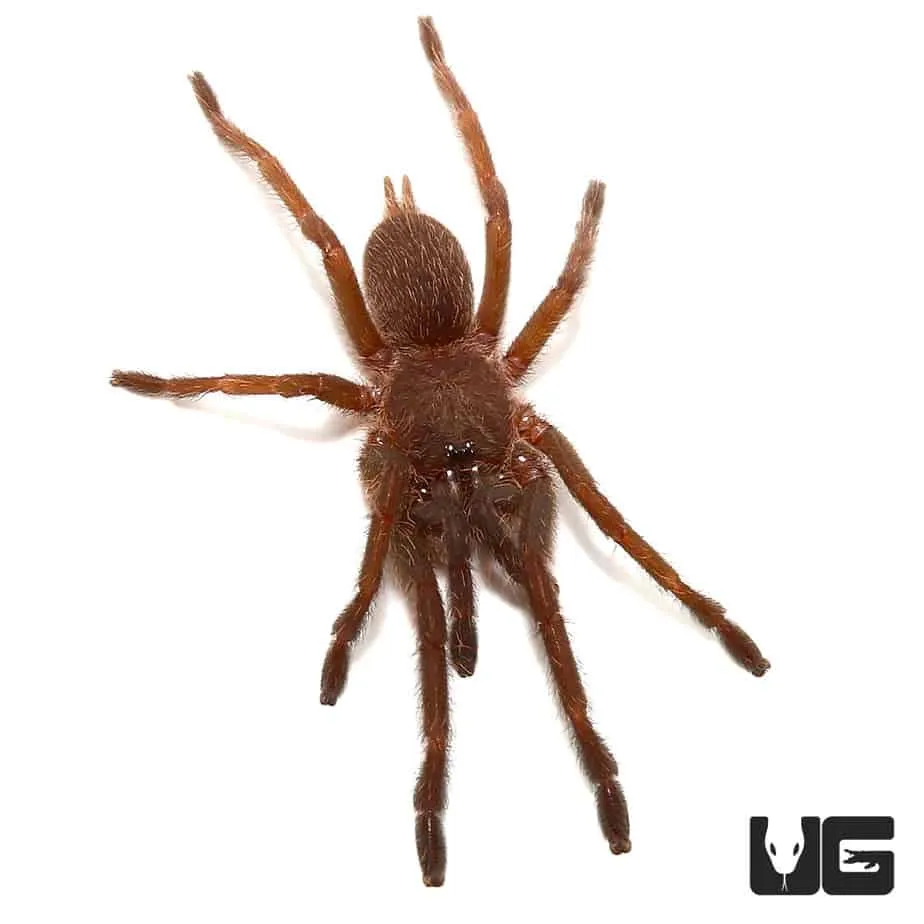
Breeding Vietnam Electric Blue Tarantulas can be a rewarding but complex endeavor. It requires a good understanding of their reproductive cycle and needs. Successful breeding requires careful planning and a dedicated approach. This section covers determining sex, the mating process, and caring for spiderlings. Breeding tarantulas is not only about creating more of these stunning creatures; it also promotes conservation efforts and increases the availability of these pets in the market.
Determining Sex
Sexing tarantulas is essential for breeding. This can be done by examining the tarantula’s exuviae (molted skin) or by observing the tarantula itself. Males have a small bump on their pedipalps called emboli, which they use for mating. Females have a spermatheca, which is a pouch that stores sperm. Examining the exuviae under a magnifying glass can help identify the sex. Accurate sexing is the first step in the breeding process, so understanding the sex differences is crucial. (image: electric-blue-tarantula-spiderling.webp)
Mating and Egg Sacs
The mating process involves introducing a mature male to a mature female. The male will drum on the substrate to attract the female. If the female is receptive, she will allow the male to approach. After mating, it is important to separate the male from the female to prevent the female from eating him. The female will lay an egg sac, which she will protect until the spiderlings hatch. The egg sac should be kept in a stable environment with the right temperature and humidity. The duration of the egg sac stage varies.
Caring for Spiderlings
Once the spiderlings hatch, they will need to be separated and cared for individually. Spiderlings are very small and require a special diet of tiny insects, such as flightless fruit flies or pinhead crickets. They also need a humid environment. It’s important to provide appropriate housing and a safe place for the spiderlings. They should be kept in small containers with a substrate and a water source. Careful monitoring is required to ensure their survival. The spiderlings need a lot of care and attention during this stage of their development. They are sensitive and require a stable environment.
In conclusion, the Vietnam Electric Blue Tarantula is a captivating and rewarding pet for those who are prepared to meet its specific needs. By providing the right habitat, proper feeding, and understanding its health requirements, you can ensure your tarantula thrives. While handling should be minimal, responsible care is paramount. Breeding this species requires patience and knowledge, but the experience can be incredibly fulfilling. This guide provides a solid foundation for anyone looking to care for these stunning creatures. Enjoy the fascinating world of the Electric Blue Tarantula!
